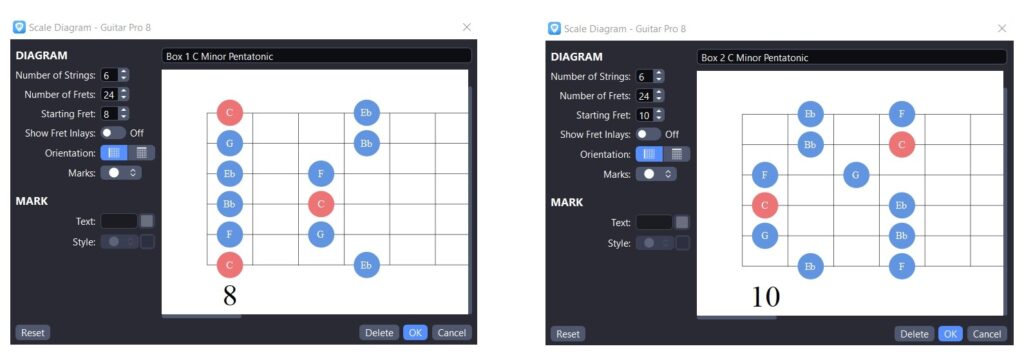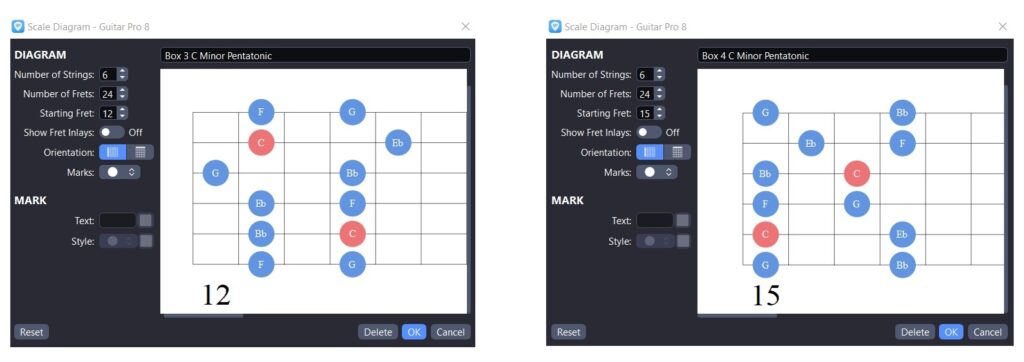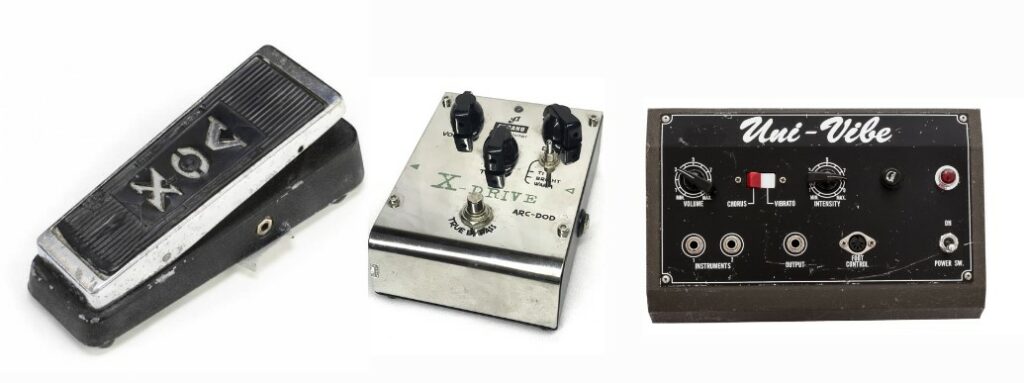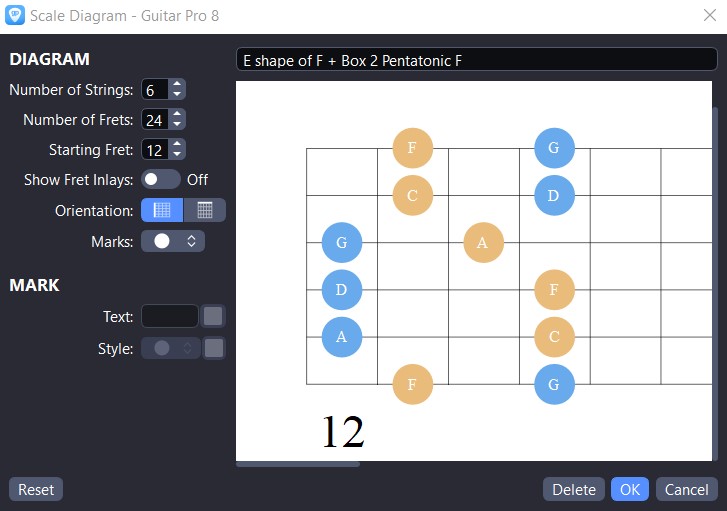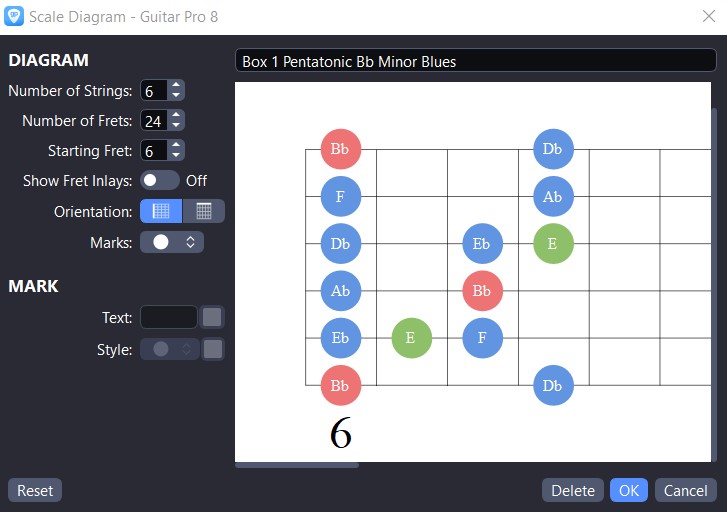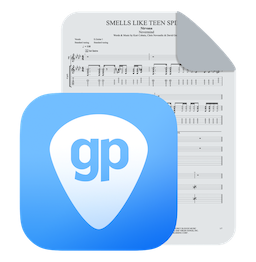
3 Jimi Hendrix licks you need to know
- all-along-the-watchtower.gp
- the-wind-cries-mary.gp
- the-power-of-soul.gp
Hey guys, Dan here from Your Guitar Academy! Firstly, a big thank you to the wonderful Guitar Pro team for inviting me to write this blog post!
In this lesson, I want to highlight 3 very specific licks from some of my favourite Hendrix songs. I believe that each lick can help us to really define three different elements that make his playing so special.
The first lick (starts at 1:20) is all about that raw pentatonic power. The fuzz, the Wah Wah pedal and the energy that really defines Hendrix’s playing with the Experience. It still blows my mind just how much Hendrix can get out of one pentatonic box.
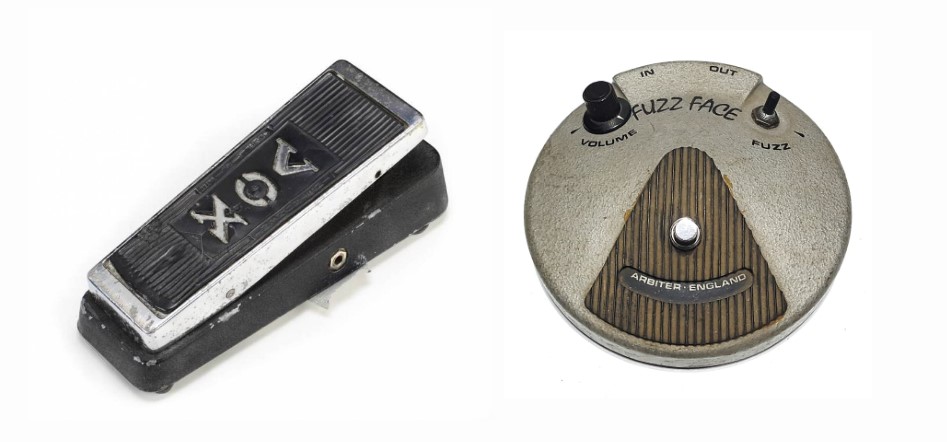
The second lick (starts at 8:02) takes it down a notch, turning our attention to the more subtle parts of Hendrix’s playing. The “licks within chords” is one of the longest-lasting effects of Jimi Hendrix’s playing, and something that students still strive to master today. We discuss how the lick is as rhythmical as it is melodic, and how you can reproduce this for yourself.
Finally, we take a look at the Band Of Gypsies era (starts at 12:55), which is a more groovy and extremely soulful version of Hendrix. This delivers us a completely free feeling of Jimi Hendrix, and shines a light on his incredible mastery of the guitar.
Just before we get into it, don’t forget you can get the full, interactive tab, for each lick, over on our YGA Club (See the link below). Via the YGA Club, you’ll also get a pathway of learning, access to our wonderful community of students & mentors, monthly progress reviews, quick licks, progress tracking & a full Jimi Hendrix player study (amongst many more).
Check out the YGA Club
So, with the introduction out of the way, let’s get into it with the first lick.
Lick #1 – All Along The Watchtower Magic!
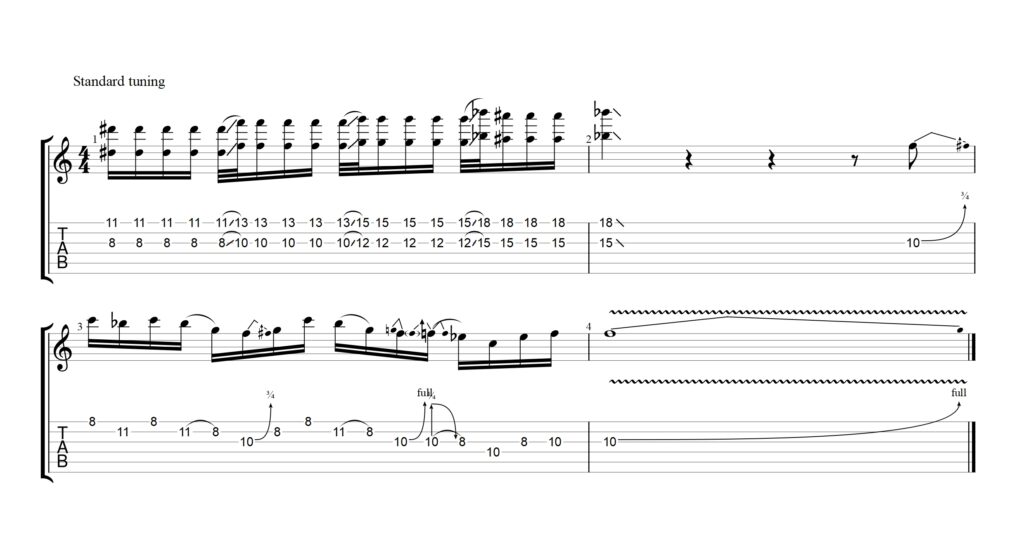
Click on the logo to download the Guitar Pro File
Ok so this lick is just the tiniest fragment of the epic soloing Hendrix treats us too in this song. We are based in the key of C minor and using the C minor pentatonic box 1 predominantly. However, for the first half of the lick, we work up through boxes 1, 2, 3 and 4 all on the two strings using an octave shape. These octave shapes allow us to play single note lines across the fretboard, in a very rhythmical fashion. Try your best to spot the scale boxes as you work up the board in this first section.
As you continue with the lick we are very much based on shape 1 of the pentatonic, and we really start to learn how Hendrix is able to manipulate the sound of this scale. I would highly recommend breaking it into 2 sections, as we do in the video, as that will help you piece it all together as smoothly as possible.
The tone
Finally, for this lick above all others, we need to pay attention to the pedals we are using, as they really help to get an authentic tone. I am using 3 core pedals: A Wah-Wah pedal, an X-Drive overdrive pedal and finally a Uni-Vibe style pedal. Add to that the cool Marshall style amp, via the Kemper, which has the gain pretty darn high, and you get a pretty solid Hendrix impression!
Lick #2 – The Wind Cries Mary Gold.
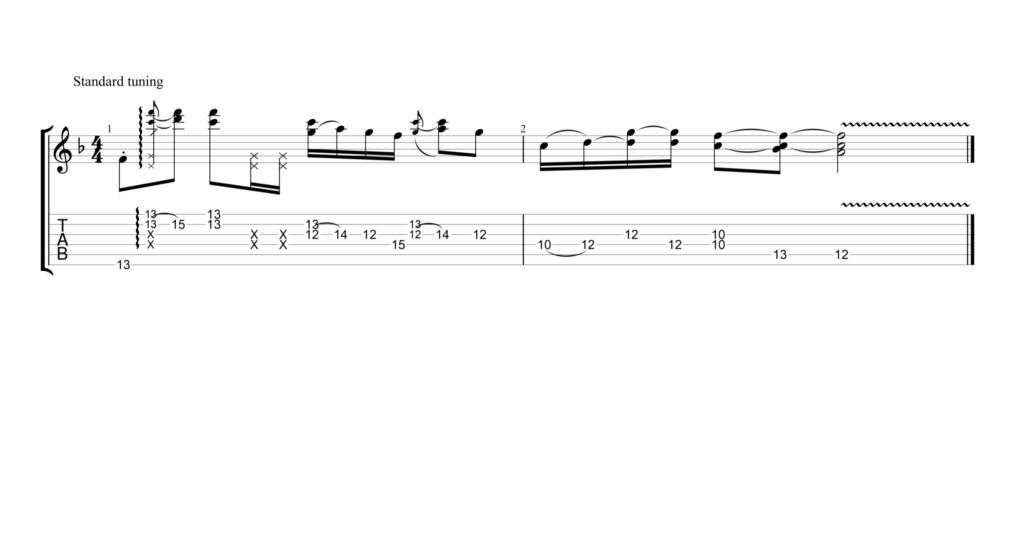
Click on the logo to download the Guitar Pro File
Our next lick is all about the more subtle aspects of Hendrix’s playing, and how is a true master of the CAGED system. The lick itself is all just F. F major. That’s it! And yet, it sounds so ruddy cool! This is the power of Hendrix’s rhythm playing as it effortlessly blends lead and chord lines together, always keeping the focus on the rhythm.
The first half of the lick is based on the E shape CAGED chord. As we well know, the E Shape CAGED chord can be easily combined with the Pentatonic box 2, and that’s exactly what we are doing here. As you play through the lick, try to visualise this shape underneath the chord, and in every note you play. It’s also crucial to remember that this is a rhythm part, so you need to try and tap your foot as if you were just strumming!
TOP TIP: Make sure you can hum the melody and rhythm (wether it’s in key or not) along with your foot tapping, before trying to play it. This will help massively!
In the second part of the lick, we have the G shape CAGED chord combined with the pentatonic box 1. Once again, try to visualise these shapes as you play the lick, and always remember the rhythm is king. It may feel like the exact notes you’re playing is very important, but actually, the rhythm and groove are far more important in this style.
Lick #3 – The Power Of Soul Groove!

Click on the logo to download the Guitar Pro File
Our final lick is again completely different. In the Band Of Gypsies, the focus was less on writing a catchy pop/rock tune, and more on jamming out a few solid grooves. This is actually my personal favourite part of Jimi’s career, as I love this style of music, and in particular how free Hendrix is when playing in the Band of Gypsies.
This lick is all based int the key of Bb blues, and it sounds like it’s loosely played over a B7 chord. We actually end the riff with the F7#9 (The Hendrix Chord) which is clearly the V chord, which then acts as the turnaround to get back to the root of B. That’s a little bit of musical detective work in action!
As for the lick itself, we are using a very aggressive form of down strumming to deliver this hard-hitting, punchy groove. It’s all downstrokes, pretty much, and you have to do most of the work with your left hand to mute the strings around the notes. The good news is that we are playing 2 notes together at a time, the whole way through the riff. This is part of that Hendrix sound and is why you have to work quite hard to get the other strings muted. This one is defo the best left for the video explanation, as it’s hard to put into words!
Take the full Jimi Hendrix player study
So don’t forget that if you love this video, and want to really learn everything you can about how Jimi Hendrix plays, we have a full Jimi Hendrix course available! You’ll learn exactly how and why he does what he does, how you can replicate it first, and then how to take that knowledge and turn it into your own playing, and absorb it into your own sound. You can get access to the full course, via the YGA Club:

Thanks guys! Enjoy this lesson, and I hope to be meeting you personally via the YGA Club very soon! All the best, Dan
Leave a comment
Your email address will not be published.
| Title | Artist | |
|---|---|---|
Hotel California

|
The Eagles | |
| Alegre Primavera | Bartolomé Calatayud | |
| Always Remember Us This Way | Lady Gaga | |
Hotel California

|
The Eagles | |
Enter Sandman

|
Metallica |


